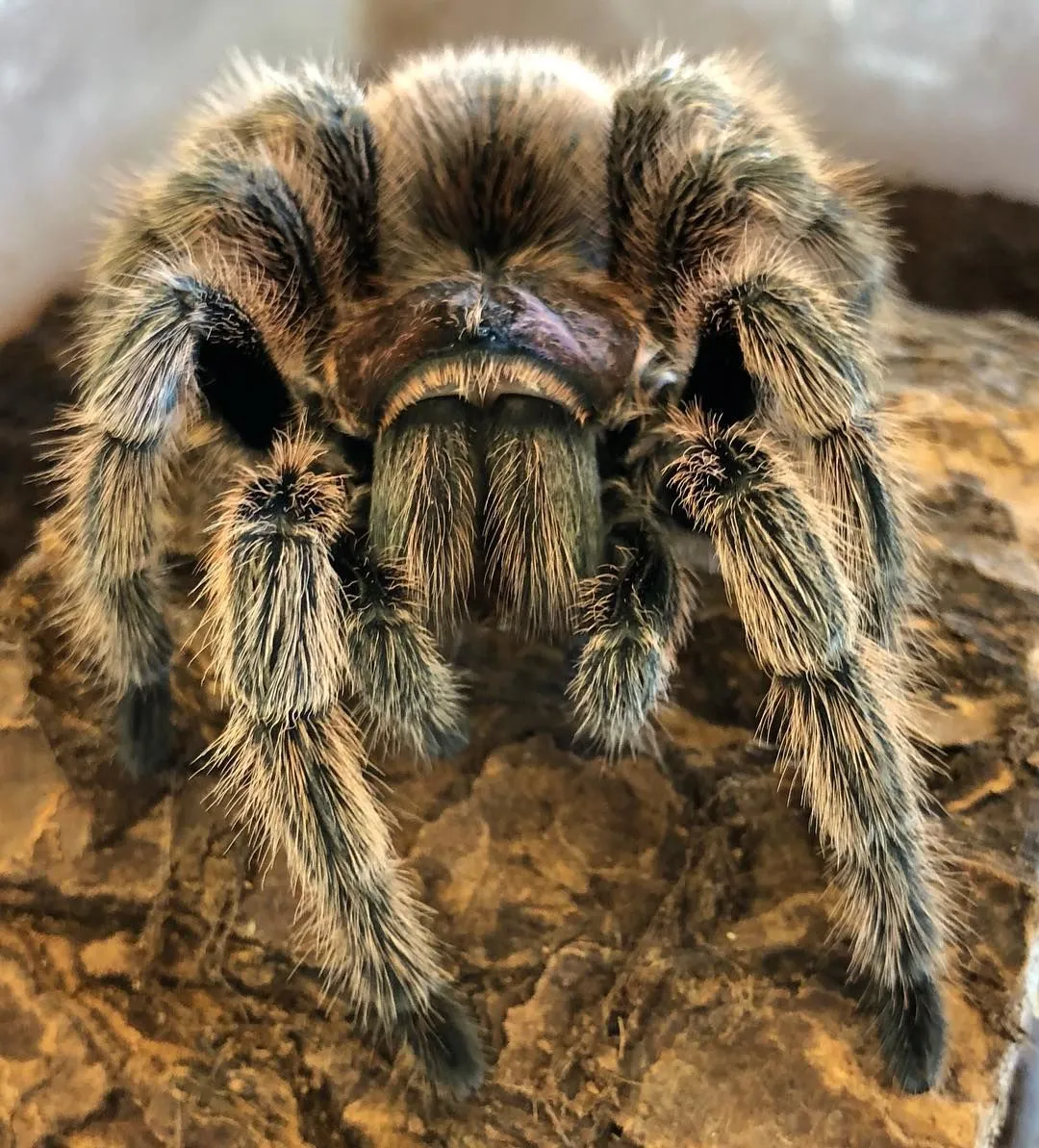Understanding the Rose Hair Tarantula
The Rose Hair Tarantula, scientifically known as Grammostola rosea, is a popular pet spider, beloved for its docile temperament and relatively easy care requirements. Native to the arid and semi-arid regions of South America, particularly Chile, Bolivia, and Argentina, this species has become a staple in the tarantula-keeping hobby. This comprehensive guide will delve into every aspect of caring for your Rose Hair Tarantula, from setting up its habitat to understanding its unique needs and behaviors. Whether you’re a seasoned arachnid enthusiast or a curious beginner, this guide will provide you with the knowledge you need to help your Rose Hair Tarantula thrive.
Origin and Habitat of the Rose Hair Tarantula
Understanding the natural habitat of the Rose Hair Tarantula is crucial for replicating its ideal living conditions. In the wild, these tarantulas inhabit burrows in grasslands and scrublands, where they are sheltered from extreme temperatures and predators. The arid climate necessitates adaptations such as nocturnal activity and the ability to conserve water. They are opportunistic predators, feeding on insects and other invertebrates. The Rose Hair Tarantula’s ability to thrive in relatively harsh environments contributes to its resilience and makes it a suitable pet for many. Recreating these conditions in captivity involves providing a secure enclosure, appropriate substrate, and maintaining the correct temperature and humidity levels.
Characteristics of the Rose Hair Tarantula
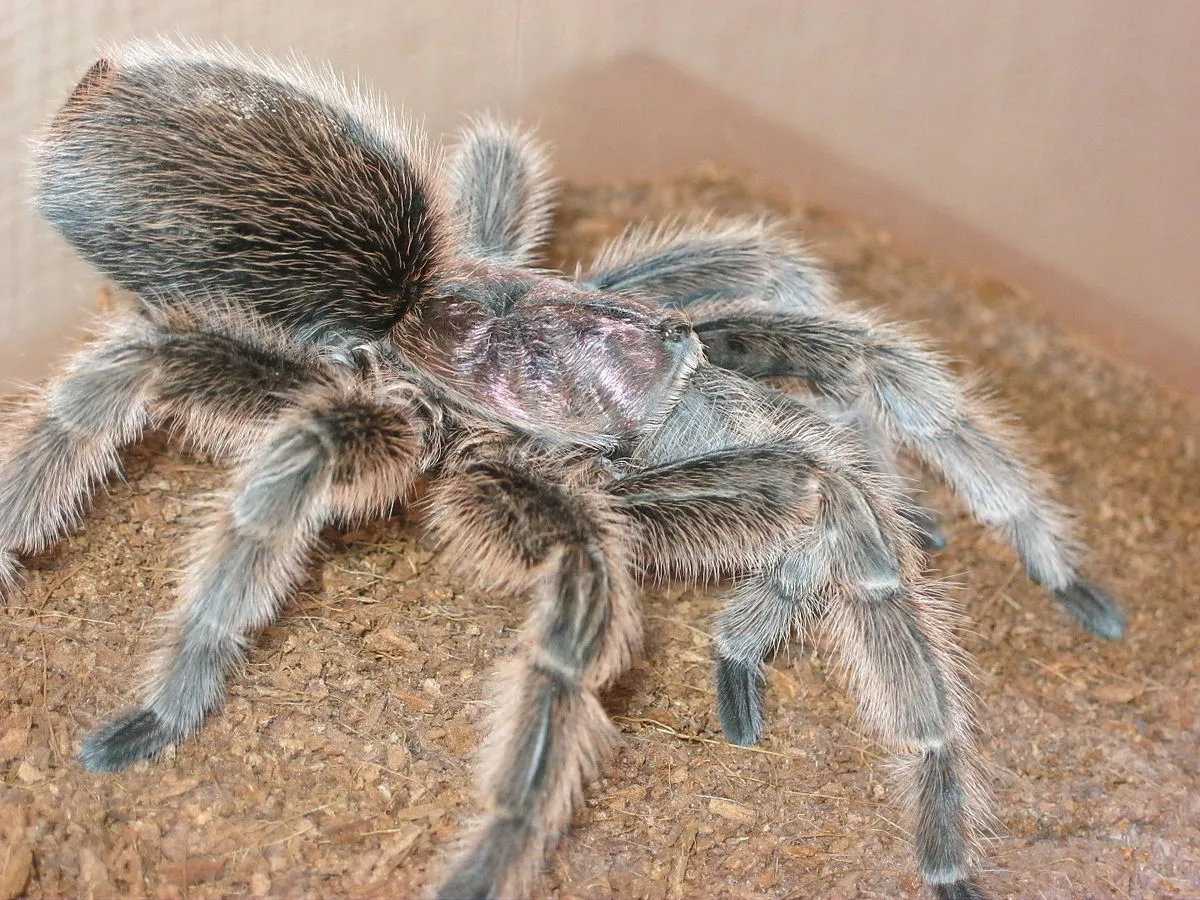
Rose Hair Tarantulas are known for their beautiful appearance and relatively docile demeanor. Adults typically have a body length of about 2.5 inches, with a leg span that can reach up to 5 inches or more. Their coloration varies, but they often exhibit a characteristic rose hue on their hairs, especially when exposed to sunlight, hence their name. They are terrestrial spiders, meaning they spend most of their time on the ground, either in burrows or within their habitat. They are also known for their longevity, with females living up to 20 years or more in captivity, while males typically have a shorter lifespan, often only living for a few years after reaching maturity. Regular care and a suitable environment are key to ensuring the health and longevity of your pet tarantula.
Setting Up the Perfect Rose Hair Tarantula Habitat
Creating a suitable habitat is fundamental to the well-being of your Rose Hair Tarantula. A well-designed enclosure not only provides a comfortable living space but also mimics their natural environment. The size of the enclosure, the type of substrate, and the overall environment will significantly impact your tarantula’s health and happiness. This section will guide you through the essential elements of setting up the perfect habitat, ensuring your pet thrives. Proper habitat setup is about more than just providing a place to live; it’s about ensuring a life of minimal stress and optimal well-being for your Rose Hair Tarantula.
Choosing the Right Enclosure
The enclosure should be appropriately sized, secure, and well-ventilated. A good starting point is a 10-gallon tank for a juvenile tarantula, upgrading to a 20-gallon long tank or larger for an adult. The enclosure should be made of clear material (glass or acrylic) for easy viewing. Ensure the lid is secure to prevent escape, but also allows for adequate ventilation. Ventilation is crucial to prevent the buildup of humidity and mold. Avoid enclosures with excessively large gaps or openings, as tarantulas are surprisingly adept at escaping. The enclosure should also have a front-opening door or a lid that can be easily accessed for feeding and cleaning.
Substrate and Decorating Your Tarantula’s Home
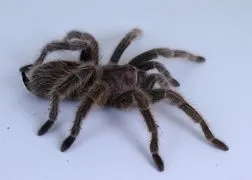
The substrate should be deep enough for the tarantula to burrow if it chooses. A mixture of peat moss, coconut fiber (coco coir), and a small amount of vermiculite is ideal, providing moisture retention and burrowing opportunities. Avoid using cedar or pine shavings, as these can be toxic to tarantulas. The substrate should be kept slightly moist but not saturated; a simple way to gauge moisture levels is to lightly mist one side of the enclosure. Decorate the enclosure with items that provide hiding places, such as cork bark, artificial plants, or half-logs. These elements help the tarantula feel secure and can enrich its environment. The addition of a shallow water dish is essential to provide a constant source of fresh water.
Temperature and Humidity Control
Rose Hair Tarantulas thrive in temperatures between 75°F and 85°F (24°C and 29°C). While supplemental heating is often unnecessary in most households, a heat lamp or a heat mat can be used if necessary. The heat source should be placed on one side of the enclosure to create a thermal gradient, allowing the tarantula to regulate its body temperature. Humidity levels should be maintained between 60% and 70%. This can be achieved by misting the enclosure lightly every few days, depending on the ventilation and the substrate used. A hygrometer is useful to monitor humidity levels accurately. Avoid excessive humidity, which can lead to mold growth, and ensure good ventilation to prevent this.
Feeding Your Rose Hair Tarantula
Proper feeding is essential for maintaining the health and growth of your Rose Hair Tarantula. These spiders are opportunistic eaters and will readily consume a variety of live insects. Understanding the appropriate food items, feeding frequency, and portion sizes is crucial for providing your tarantula with the necessary nutrients. This section will cover all aspects of feeding, ensuring that your pet receives a balanced and appropriate diet. A well-fed tarantula is a healthy tarantula.
What to Feed Your Tarantula
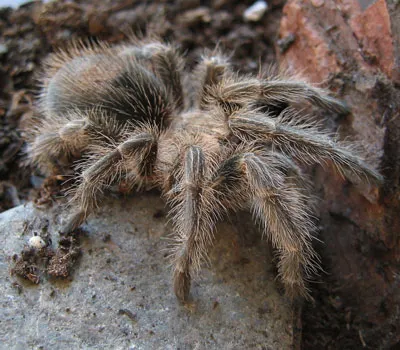
The diet of a Rose Hair Tarantula primarily consists of live insects. Crickets, mealworms, and Dubia roaches are excellent choices, being readily available and nutritious. Ensure the insects are gut-loaded (fed nutritious foods before being fed to the tarantula) to maximize their nutritional value. The size of the insects should be appropriate for the size of the tarantula; a general rule is to feed insects no larger than the tarantula’s body length. Avoid feeding insects that have been exposed to pesticides. Occasional treats like pre-killed pinky mice can be offered to adult tarantulas, but these should be offered sparingly.
Feeding Frequency and Portion Sizes
The feeding frequency depends on the tarantula’s age and growth rate. Spiderlings and juveniles should be fed 2-3 times a week. Adults can be fed once a week or even less frequently, as they can go for extended periods without food. Observe your tarantula’s abdomen; if it appears thin, it may need more food. Avoid overfeeding, as this can lead to stress. Remove any uneaten insects within 24 hours to prevent them from bothering the tarantula. Provide fresh water at all times to support your tarantula’s digestion and overall health.
Watering and Hydration
Providing fresh water is essential for your Rose Hair Tarantula’s hydration. Always have a shallow water dish with clean water available in the enclosure. Regularly check and refill the water dish, as tarantulas need constant access to water, especially when the climate is dry. Some keepers mist the enclosure lightly every few days to help maintain humidity, but this should not be a replacement for a water dish. Ensure the water dish is easily accessible and that the tarantula is able to reach the water without difficulty, and is not at risk of falling into the water.
Handling and Safety Tips
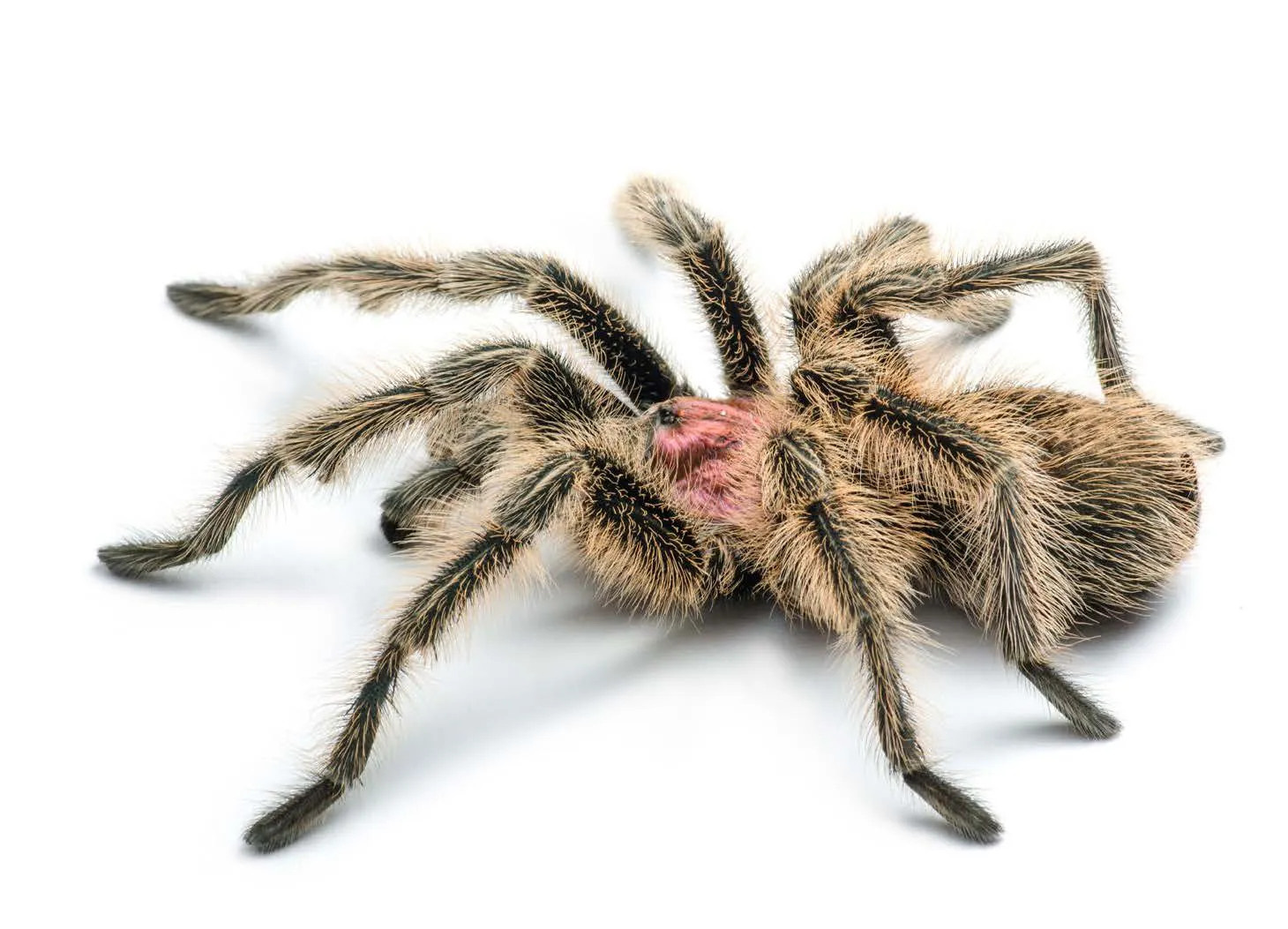
While Rose Hair Tarantulas are known for their docile nature, handling them should be approached with caution. It is important to respect their space and understand their behavior to ensure both your safety and the well-being of the tarantula. This section will cover safe handling practices and how to recognize signs of stress in your pet. Handling should be kept to a minimum and only when necessary, as it can be stressful for the spider and can lead to accidental injury.
Safe Handling Practices
If you choose to handle your Rose Hair Tarantula, do so with care. Gently coax the tarantula onto your hand, allowing it to walk onto your palm rather than grabbing it. Move slowly and deliberately. Avoid sudden movements or dropping the tarantula, as this can frighten it and cause it to bite or injure itself. Always handle your tarantula over a soft surface, such as a bed or carpet, in case it falls. Wash your hands thoroughly before and after handling to avoid transferring any substances to the tarantula.
Recognizing Signs of Stress
Tarantulas can exhibit signs of stress, and it is important to be able to recognize these signals. Some signs of stress include flicking hairs from their abdomen (a defense mechanism), raising their front legs in a defensive posture, or running away. If your tarantula displays these behaviors, leave it alone and do not attempt to handle it. Excessive handling can be stressful, so it’s better to observe your tarantula in its enclosure and avoid any unnecessary interactions. Provide a secure environment with plenty of hiding places to minimize stress.
Common Health Issues and Their Solutions
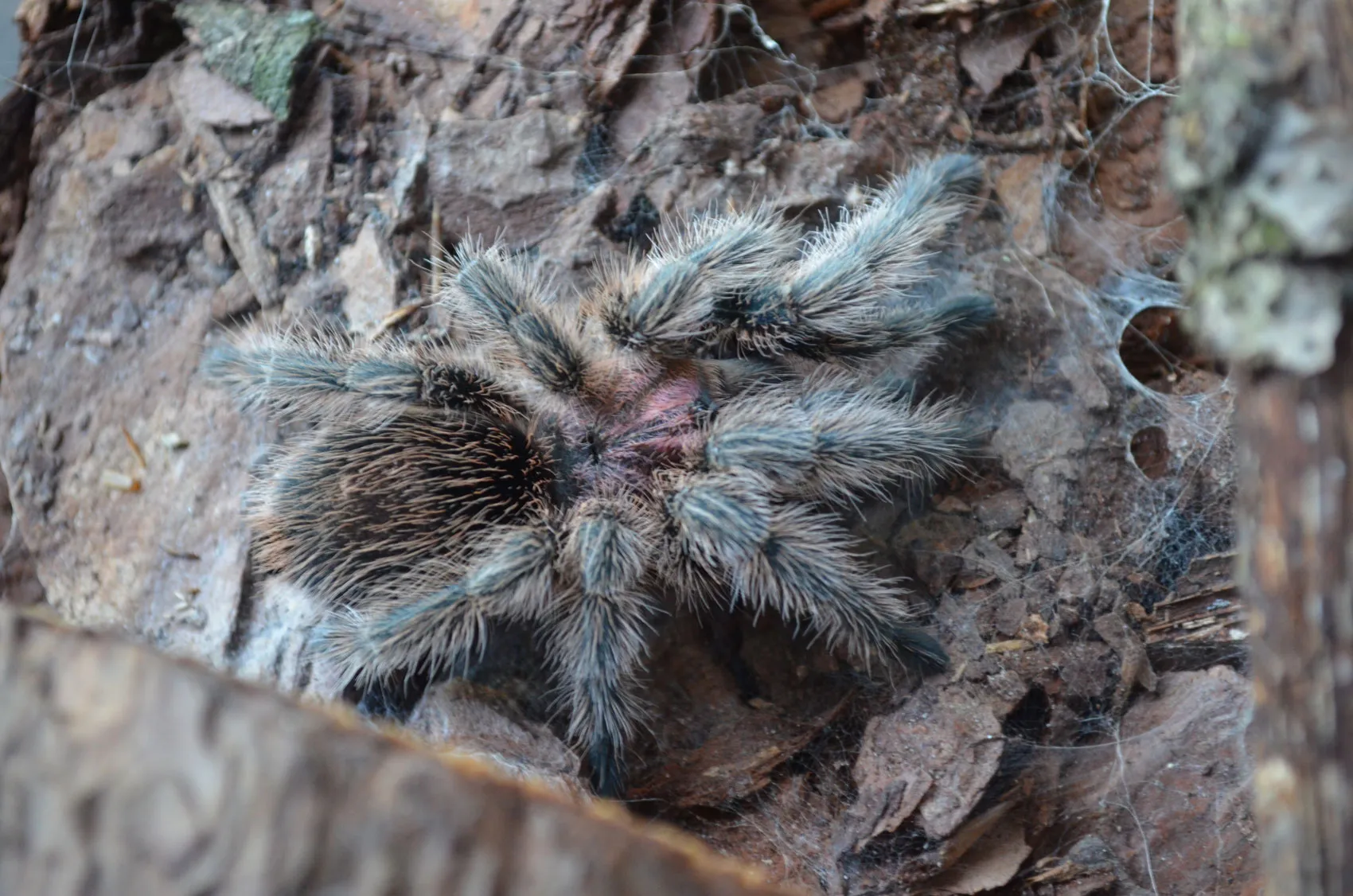
Like any pet, Rose Hair Tarantulas can be susceptible to certain health issues. Understanding common problems and how to address them is crucial for ensuring the long-term health of your pet. This section will cover the molting process, common diseases, and how to identify and treat them. Proactive care and observation are key to identifying and resolving any potential health issues quickly and effectively.
Molting and What to Expect
Molting is a natural process in which tarantulas shed their exoskeleton to grow. During molting, the tarantula will typically stop eating and may appear lethargic or unresponsive. You might see it lying on its back. It is crucial not to disturb the tarantula during this process, as it is extremely vulnerable. Provide a moist environment and avoid handling the tarantula until its new exoskeleton has hardened. The molting process can take anywhere from a few hours to a few days, depending on the tarantula’s age and size. After molting, the tarantula’s coloration may appear brighter, and it will likely be very hungry.
Identifying and Treating Common Diseases
Although generally hardy, Rose Hair Tarantulas can be affected by certain health issues. Parasites, such as mites, can sometimes infest the tarantula. These are small, often red, and can be seen on the tarantula’s body or around the enclosure. Increase ventilation and clean the enclosure thoroughly to eliminate mites. Fungal infections can occur if the enclosure is too humid; improving ventilation and reducing humidity can prevent them. If you suspect a disease, consult with a veterinarian experienced in exotic animals. Providing proper care, a suitable environment, and regular monitoring of your tarantula’s health will help minimize the risk of illness.
Breeding Rose Hair Tarantulas
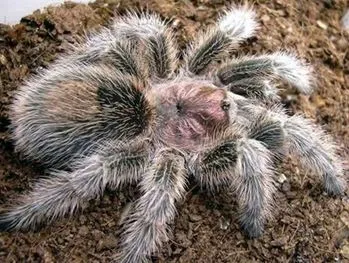
Breeding Rose Hair Tarantulas is an advanced undertaking and requires a deep understanding of their behavior and biology. If you’re considering breeding your tarantulas, it’s important to be prepared for the responsibilities involved, including providing a suitable environment for mating, caring for the egg sac, and raising the spiderlings. This section will provide you with the basic knowledge you need to get started. Note that breeding is best left to experienced keepers, and the following is a simplified guide only.
Sexing Your Tarantula
Determining the sex of your Rose Hair Tarantula is a critical first step in the breeding process. This can be done by examining the molt. On the underside of the molt, the presence of spermathecae (a small sac-like structure) indicates a female. Males have a pair of book lungs and a different genital structure. This is a skill that develops with practice, and it’s sometimes easiest to get help from an experienced keeper. Accurate sexing is vital for successful breeding.
Mating and Egg Sacs
Mating Rose Hair Tarantulas requires careful planning and monitoring. It is usually best to introduce the male into the female’s enclosure, as the female is more likely to be receptive in her territory. The female may be aggressive, and it’s crucial to monitor the interaction. The male will use his pedipalps to transfer sperm to the female. Successful mating does not guarantee an egg sac. If successful, the female will create an egg sac, which she will carefully guard. The egg sac needs a stable, humid environment for the eggs to develop.
Caring for Spiderlings
Once the spiderlings hatch, they need to be separated to prevent cannibalism. Provide small enclosures for each spiderling, with appropriate substrate and a small water source. Feed them appropriately sized prey items, such as flightless fruit flies or pinhead crickets. The spiderlings will grow rapidly and will molt frequently. This requires diligent monitoring. Raising spiderlings is a significant commitment, as they require careful attention to their needs.
Conclusion
Caring for a Rose Hair Tarantula can be a rewarding experience. With the right knowledge and dedication, you can provide a healthy and fulfilling life for your pet. By following the guidelines outlined in this care guide, you’ll be well-equipped to create an environment where your tarantula can thrive. Remember that each tarantula has its own unique personality, so observing your pet closely and adjusting your care to its individual needs is crucial. Enjoy the fascinating world of tarantula keeping and the unique companionship a Rose Hair Tarantula can bring. Remember to prioritize the well-being of your tarantula, and you will both enjoy a long and fulfilling relationship.
